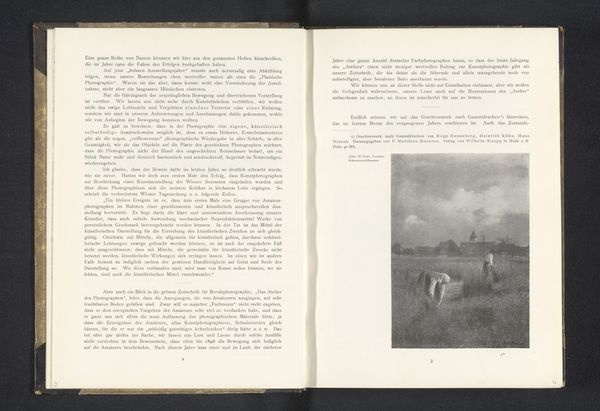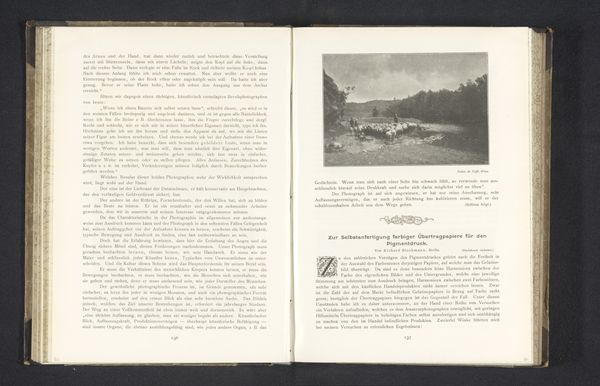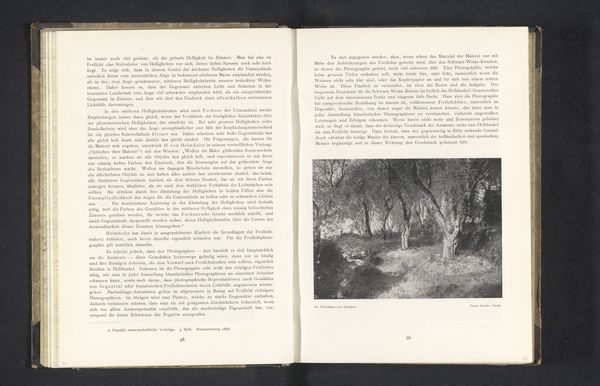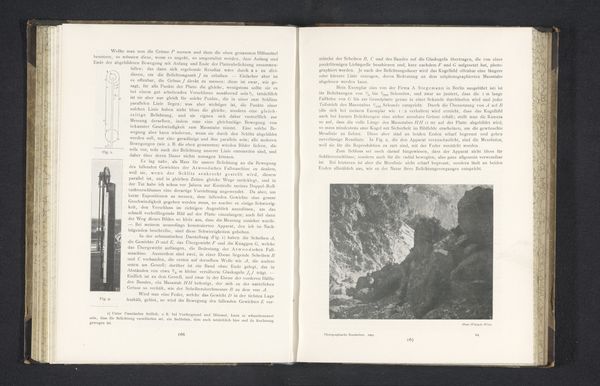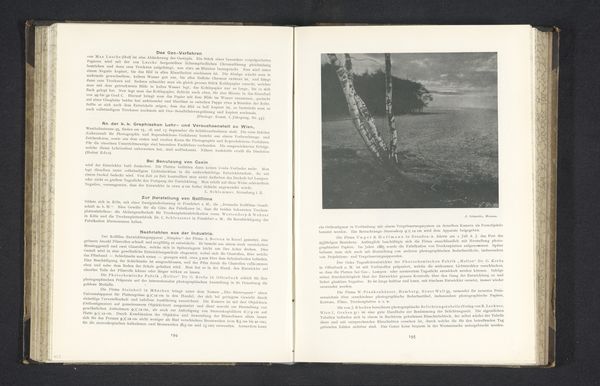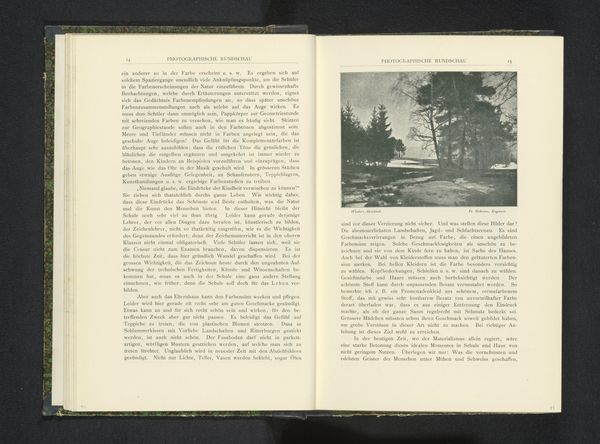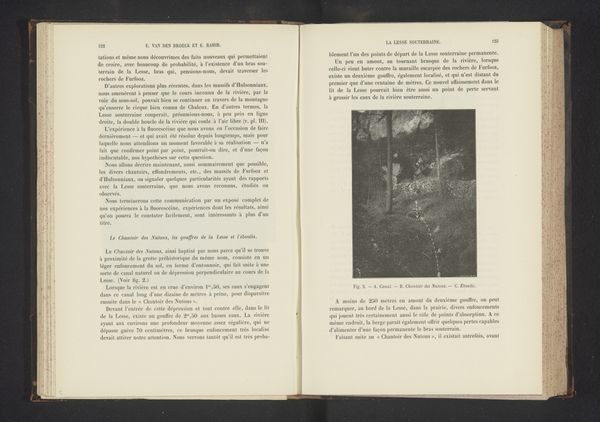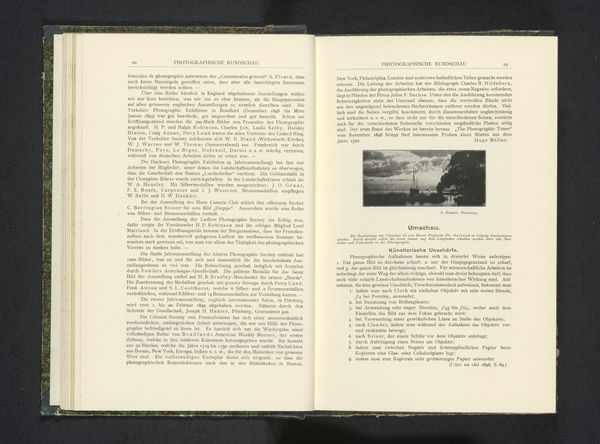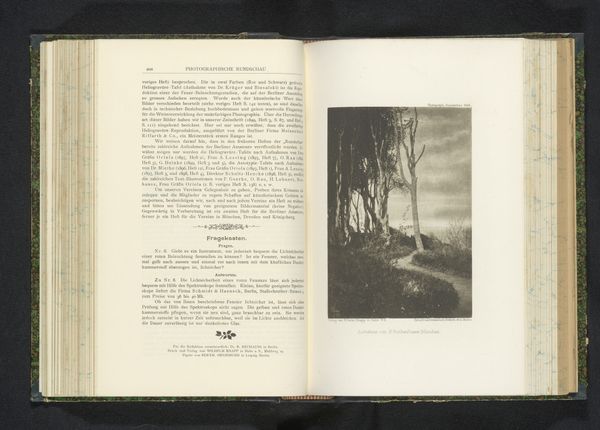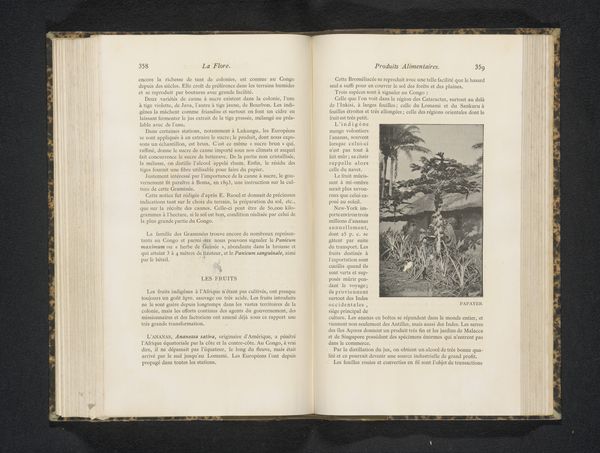
print, photography, gelatin-silver-print
#
still-life-photography
# print
#
photography
#
gelatin-silver-print
Dimensions: height 133 mm, width 98 mm
Copyright: Rijks Museum: Open Domain
Curator: This is Otto Scharf's "Gezicht op een overwoekerde begraafplaats," created around 1900-1901, a gelatin-silver print capturing an overgrown cemetery scene. Editor: My first impression is that this is deeply melancholic. The monochrome tones, the density of the foliage, it speaks of time, loss, and the fragility of memory. Curator: Absolutely. Scharf, as a figure within the late 19th-century artistic milieu, often depicted landscapes imbued with socio-political undertones. Graveyards, particularly those in disrepair, became symbolic landscapes, representing societal decay or neglect. Editor: And there's something incredibly poignant about the 'overgrown' element, isn’t there? It’s not just death; it's a world left behind, nature reclaiming spaces meant for remembrance. You see the same impulse later in artists like Christian Boltanski, using personal archives to evoke memory. Curator: Yes, this piece reveals the societal attitudes toward death and mourning. The visual emphasis of overgrown vegetation challenges the romanticism prevalent at that time, instead suggesting a harsher, less idealized reality of mortality. This speaks to an emergent questioning of tradition. Editor: Considering the rise of industrialization and social upheaval around 1900, the overgrown cemetery could also represent anxieties around the past being forgotten in favor of a rapidly changing future. Who has the space and ability to preserve the lives and events of the past? Curator: Indeed. And if you consider that the work exists as a gelatin silver print, it highlights not just the artistic value but also the historical role photography served to document societal spaces during an era characterized by transition. Editor: Viewing it through a contemporary lens, I consider whose stories are perpetually erased from our collective memory—whose narratives are systematically overlooked. The image challenges us to look closely at spaces both visible and concealed. Curator: The image presents layers of complexity that challenge conventional interpretations of beauty, mortality, and collective amnesia. Editor: It calls on us to challenge systems and structures that cause an active obscuring of both material realities and our histories, too.
Comments
No comments
Be the first to comment and join the conversation on the ultimate creative platform.

